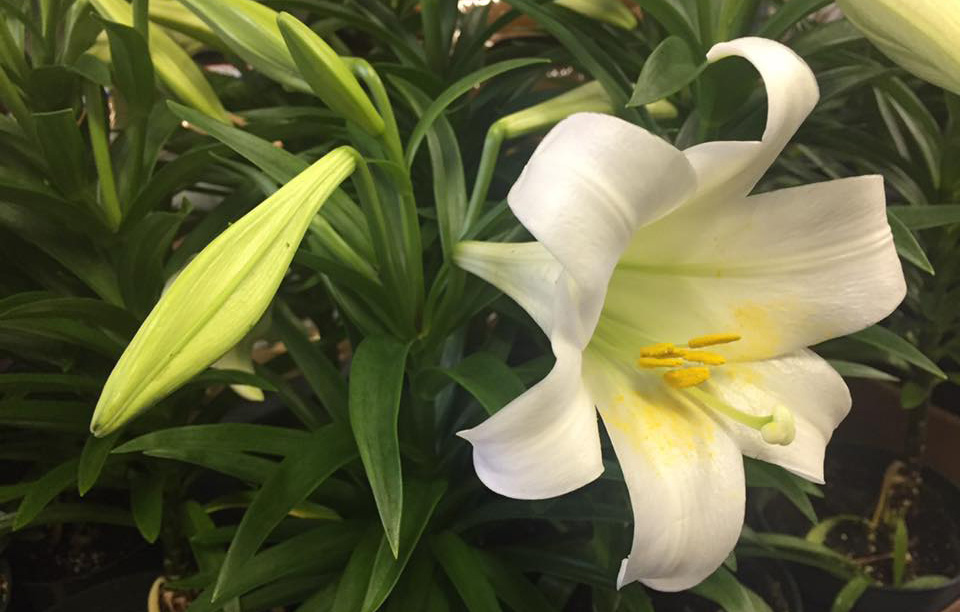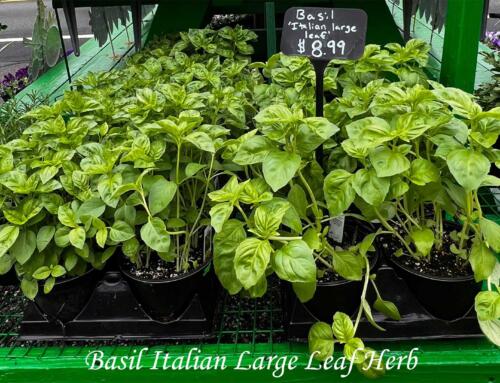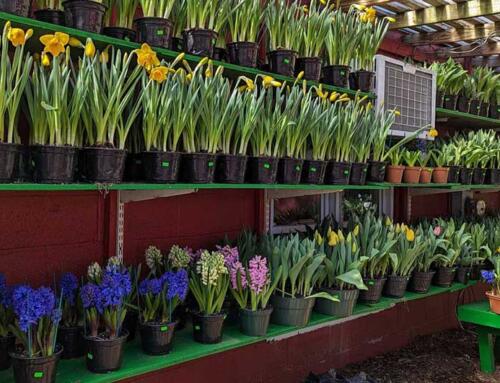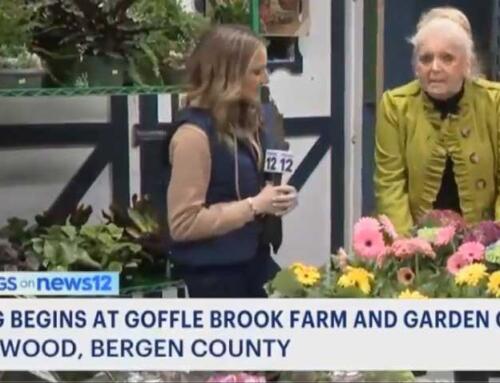Easter Plant Care and Planting Tips
Many a Mother is gifted with a beautiful pot of tulips to celebrate Easter. Her smile is priceless and the flowers gorgeous; but sadly, all good things must come to an end and after enjoying the flowers for a few weeks, you are left with a pot of dying leaves topped with wilted buds.
 So here are a few tips and pointers on Easter Flower Care and Planting Procedures…
So here are a few tips and pointers on Easter Flower Care and Planting Procedures…
Today most potted tulips are Darwin tulips that are forced into an early bloom with the goal of producing gorgeous flowers for one year. Planting the flowers is a bit of a gamble. They might grow back and bloom next year or they could be duds. As long as you’re not banking on them coming up to complete an elaborate landscape concept, there’s no downside to taking the risk.
Hyacinths just fill any room or home with a sweet scent that is so aromatic. Hyacinths all have a strong fragrance, but it tends to be the blues, particularly the mid and deep blues, as well as the yellows (‘Yellow Creation’ or ‘City of Haarlem’, the colour of expensive, French unsalted butter), which are the strongest.
If you have a pot of daffodils, Easter lilies or hyacinths, you can follow the same process, outlined below, for tulips. Unlike potted tulips, which are often treated as annuals, the daffodil, lily and hyacinth bulbs are very likely to sprout and produce flowers for years to come. Perennials, plants that return year-after-year, really are the gift that keep on giving. It’s the “reuse” nature of perennial bulbs that makes them the greener option.
To set the plants up to bloom next year, here’s what you need to do:
- When the flowers have finished blooming and are wilting, transplant the bulb with the stalk and leaves still attached. The leaves must be left on because the photosynthesis that continues to happen will put energy back into the bulbs for next year. The bulbs will also need water until the leaves die. Most likely, naturally occurring April rain showers will take care of this.
- Let nature do the rest. Tulips need to spend 10-12 weeks in frozen ground so as long as you live in a cold-weather area, all you have to do is wait to see if your bulbs sprout in the spring.






